Hello everyone, I’m Sammy, a percussionist.
Lately, when I see young percussionists around town, I often find myself thinking, "Is that really a case...?" as I notice many using questionable instrument cases, which makes me feel a bit disappointed. So today, I’d like to introduce the percussion and drum cases I’ve been using for many years.
When it comes to cases, some manufacturers include them when you purchase an instrument. However, in my experience, these cases tend to develop issues within a year or two and stop functioning properly as cases.
That’s why I’d like to introduce you to a well-known brand called Protection Racket. Their cases are not only durable and easy to use, but they also have fantastic designs!
PROTECTION RACKET
Founded in 1994 in Cornwall, the surfing capital of the UK, Protection Racket is a top-tier manufacturer of instrument cases.
They combine their unique surfboard case manufacturing techniques, designed for use in harsh environments, with the needs of musicians to create high-quality soft cases. Despite being classified as soft cases, these products are as durable and sturdy as semi-hard cases, offering excellent protection and long-lasting durability. The brand is renowned for its meticulous attention to detail and durability, ensuring the highest level of protection for instruments. They also produce semi-hard cases.
Today, many percussionists use Protection Racket, and I’m one of them.
Nearly all of my instrument cases, whether for congas, bongos, cajons, cajon bongos, small percussion instruments, cymbals, stands, or sticks, are from Protection Racket.
Now, I'd like to introduce a few of the Protection Racket cases that I personally use and highly recommend.
■ Cajon Case
Cajons are almost always used in acoustic live performances, so the demand for cajon cases is high.
Protection Racket offers three types of cajon cases:
PROTECTION RACKET / LPTRDXCJL (9124-01) Cajon Case Deluxe Large Type
When it comes to transport and ease of use, personal preferences vary, but I have always favored the Deluxe Type from Protection Racket.
Features:
Fleece-lined interior with fleece padding for extra protection
Dimensions: 33 cm (width) x 33 cm (height) x 52 cm (depth) (internal measurements)
(as of January 19, 2024)
Benefits:
- Backpack-style design allows you to carry it on your back.
- There's extra space even after storing a standard cajon, making it possible to store additional gear or outfits.
- It pairs well with other cases when using a wheeled carry case for transport.
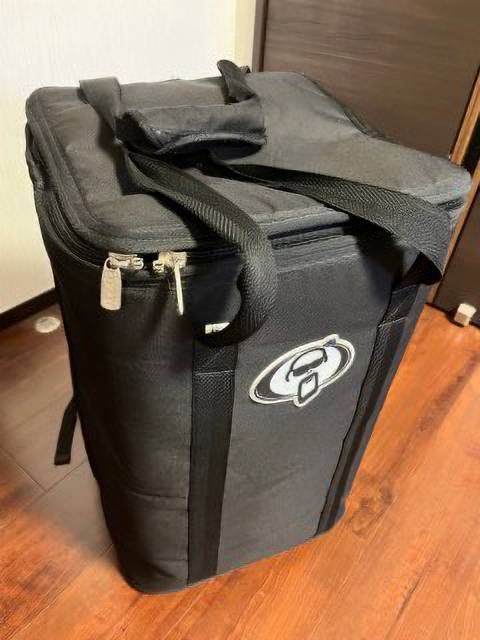
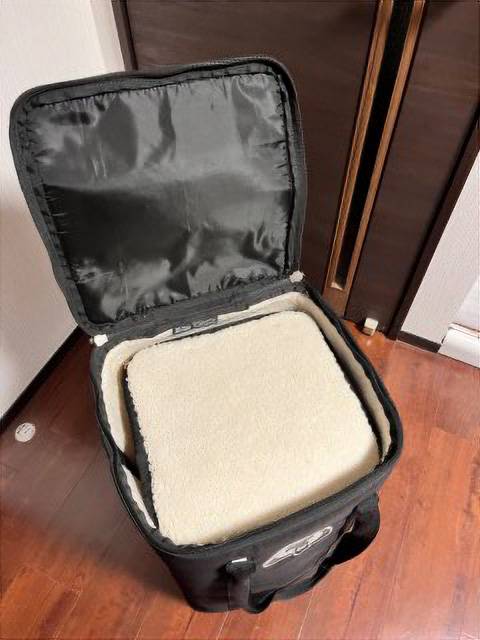
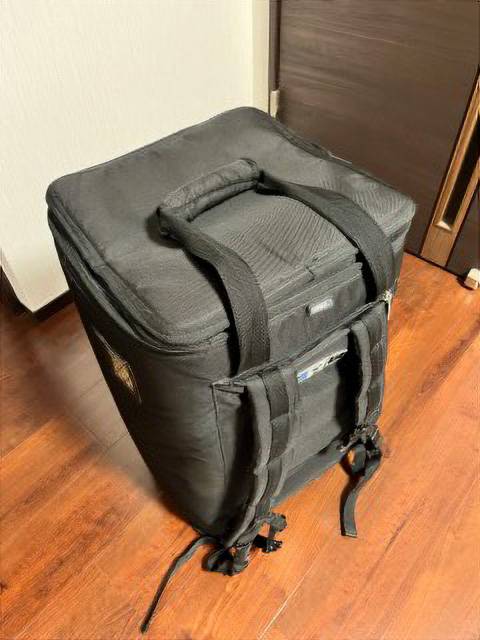
■ Conga Case
Protection Racket offers two types of conga cases: Fit Type and Regular Type (cylindrical). Both types come in sizes suitable for congas ranging from requinto to tumba (small to large).
Key Features (Both Types):
- Fleece-lined interior for added protection
- Backpack-style design for easy carrying
- Zipper protection pads to safeguard the instrument during transport
Differences:
The main difference lies in the handle design. After trying both, I opted for the Fit Type because, when transporting heavier congas, I found the handle on the Fit Type more convenient. While the Regular Type is also good, the Fit Type offers better ease of use for heavy instruments.
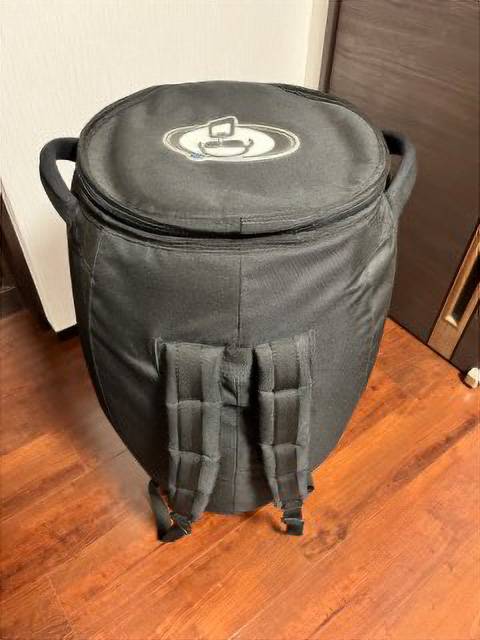
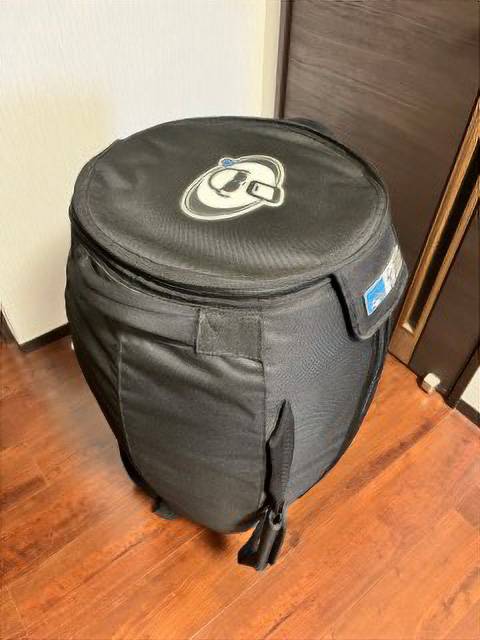
Fit Type
PROTECTION RACKET / LPTR11FITCONGA (8311-00) Conga Case
| Type | Case Size |
|---|---|
| Requinto -10” | Diameter: 30cm, Depth:76cm, Bottom Diameter:21cm |
| Quinto -11” | Diameter:35cm, Depth:76cm, Bottom Diameter:23cm |
| Conga -11.75” | Diameter:36cm, Depth:76cm, Bottom Diameter:28cm |
| Tumba -12.5” | Diameter:39cm, Depth:76cm, Bottom Diameter:30cm |
Regular Type
PROTECTION RACKET / LPTR10CONGA (8210-00) Conga Bag
| Type | Case Size |
|---|---|
| Requinto -10” | Diameter:39cm, Depth:76cm, Bottom Diameter:37cm |
| Quinto -11” | Diameter:41cm, Depth:76cm, Bottom Diameter:39cm |
| Conga -11.75” | Diameter:43cm, Depth:76cm, Bottom Diameter:43cm |
| Tumba -12.5” | Diameter:45cm, Depth:76cm, Bottom Diameter:45cm |
■ Cymbal Bag
Percussionists also need cymbal cases, as they require various types of cymbals, just like drummers. Protection Racket offers convenient cases that provide excellent protection and portability for all your cymbals.
There are two types of cymbal bags available:
- Shoulder Type (available in 62 cm diameter only)
- Backpack Type (available in 62 cm and 67 cm diameters)
Color Options:
- Shoulder Type: Black, Pink
- Backpack Type: Black, Brown, Green, Grey
I personally use the 67 cm Backpack Type in Black. I chose this model for two reasons: the convenience of the backpack style for easy transport, and the fleece padding, which provides excellent protection for my cymbals.
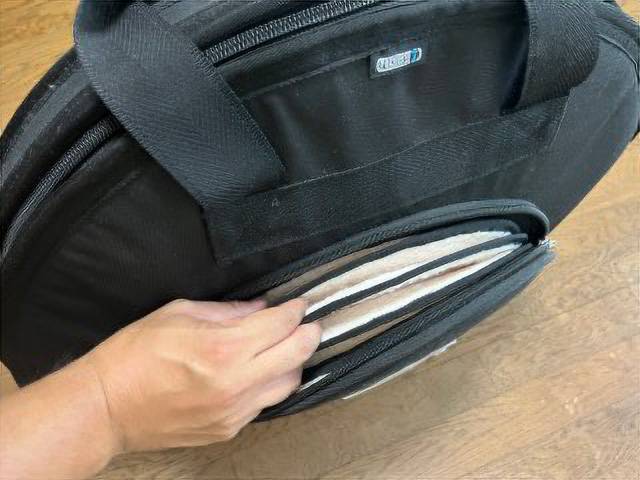
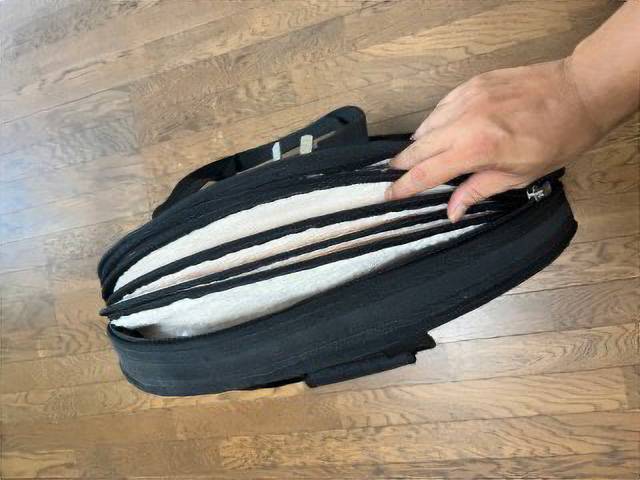
■ Drum Pedal Bag
Although this case is designed for storing kick pedals, percussionists also use kick pedals, so it's an essential case for us as well. I actually own two of these bags—one for my kick pedal and another that I use to store my cajon bongos (wood bongos).
PROTECTION RACKET / LPTRPEDALPVC (8114-00) Drum Pedal Bag
The bag’s internal dimensions are 38 cm (width), 20 cm (height), and 20 cm (depth) (as of January 19, 2024), making it a perfect fit for storing cajon bongos. I’ve found it incredibly useful for this purpose. Although the manufacturer didn't design it with this use in mind, it's fantastic that it works so well as a percussion case in addition to holding a kick pedal.
It also has a pocket on the top, which is handy for carrying smaller accessories and gear.
I’ve been using Protection Racket cases for other gear as well, like cymbal stands, for many years. I highly recommend checking out and purchasing these products!
PROTECTION RACKET / LPTRHW2 (5032CZ-00) Compact Hardware Case 2
Some people might think, "That much for just a case!?" But when you consider that musical instruments aren’t cheap and are cherished companions we rely on, the price of a good case becomes much more understandable. A case that reliably protects your precious instrument for years is a worthwhile investment.
On a side note, I haven’t mentioned the djembe case I use. I've actually been using this djembe case for 16 years now! (See photo for reference.)
Despite regularly carrying a nearly 6 kg djembe, along with a splash cymbal, shaker, clamp, and cables in the case,it’s still going strong after all this time. I’ve used it for countless trips (though the case was originally designed just for a djembe, this is my personal use). Even after all that, the case is still fully functional with no issues—though this can depend on how often and in what conditions it's used.
If you stick to the manufacturer's recommended usage, it's safe to say that these cases won't start failing after just a year or two.
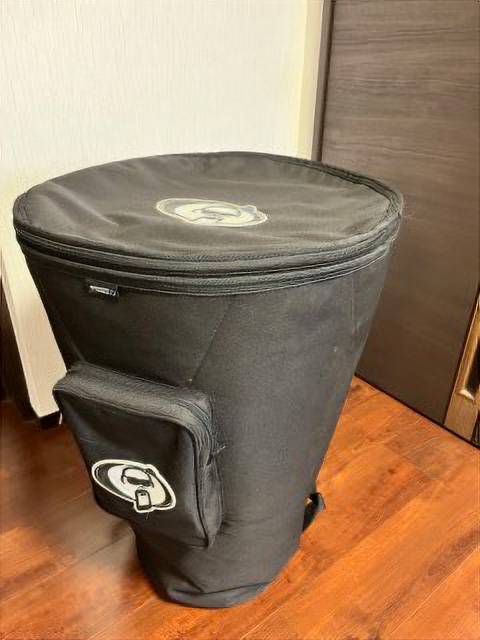
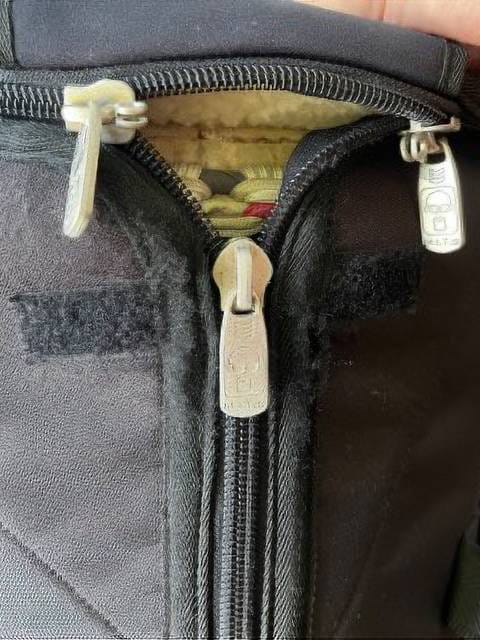
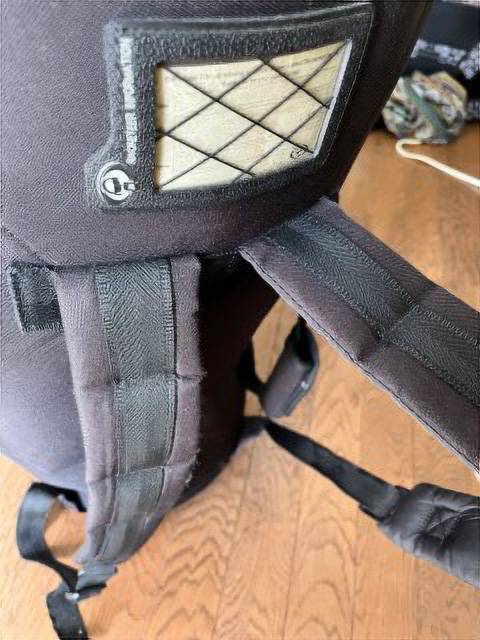
I highly recommend choosing a case that is durable, long-lasting, and easy to use to protect your valuable instrument. If this article introduced you to the Protection Racket brand for the first time, it might be a good idea to visit a music store, see the products in person, and try them out before purchasing.
I hope you find the perfect case that suits you and your instrument!
The “sound & person” column is made up of contributions from you.
For details about contributing, click here.





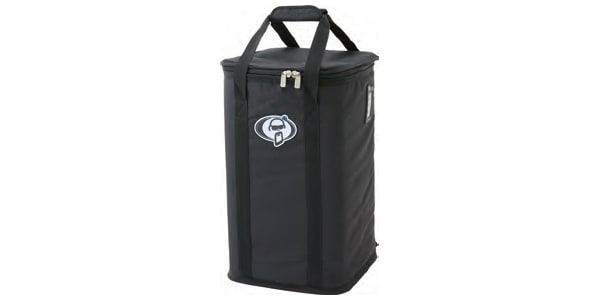

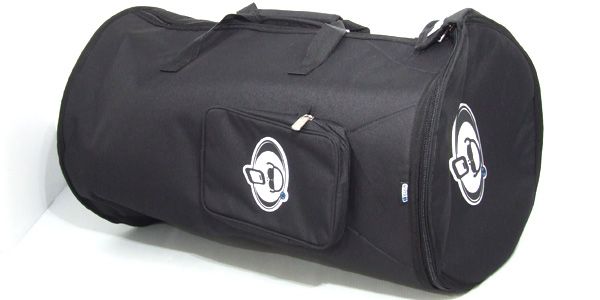
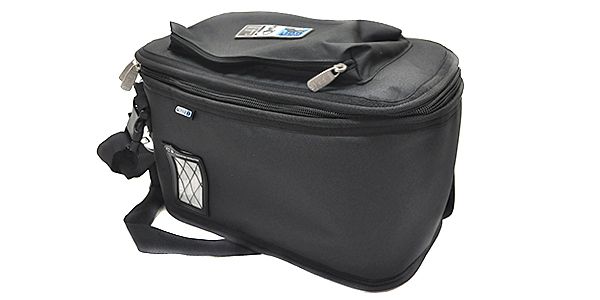
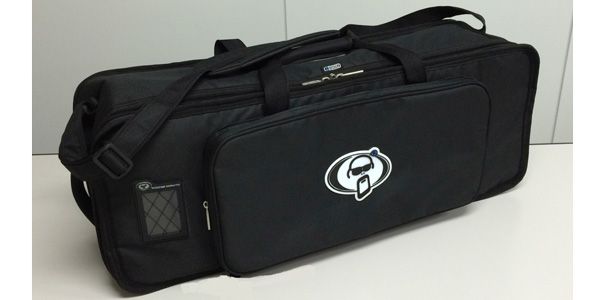



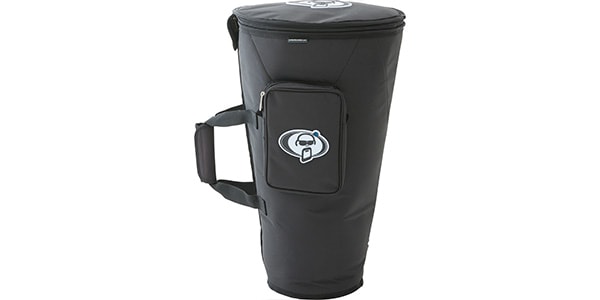
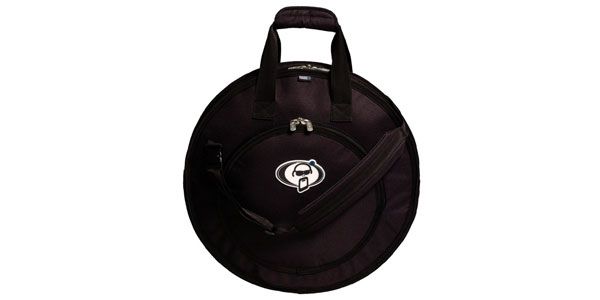
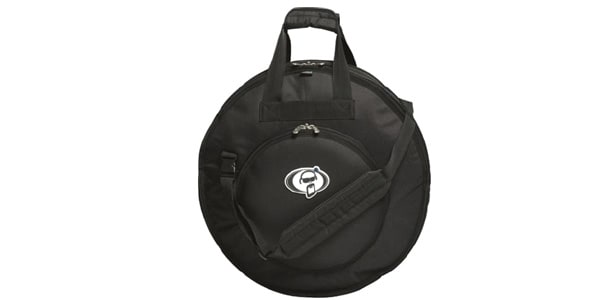












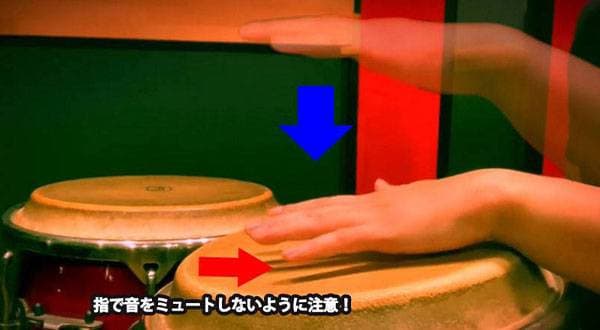
![[2023] 5 Recommend Snare Cases that will be Perfect for You!](/contents/uploads/thumbs/2/2019/10/20191029_2_8292_1.jpg)
 Malletech 特集
Malletech 特集
 PLAYTECH 電子ドラム特集
PLAYTECH 電子ドラム特集
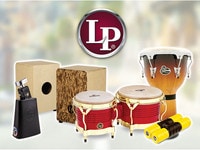 LP パーカッション
LP パーカッション
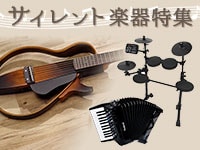 おすすめサイレント楽器特集
おすすめサイレント楽器特集
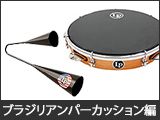 ブラジリアンパーカッション編
ブラジリアンパーカッション編
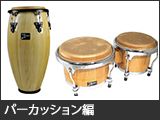 パーカッション編
パーカッション編















